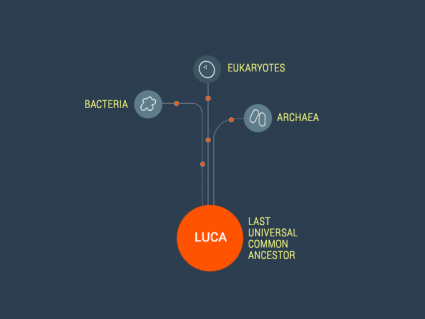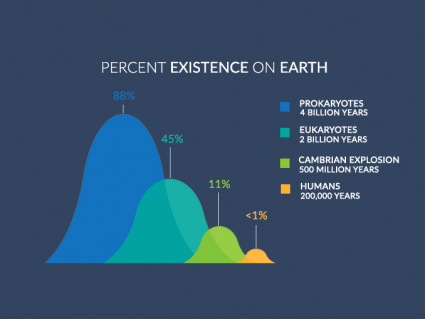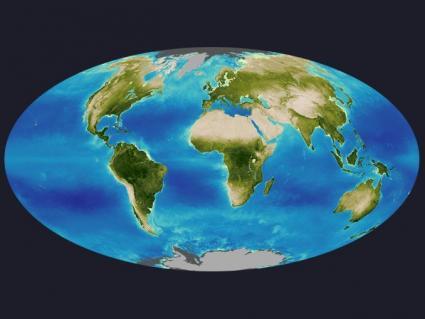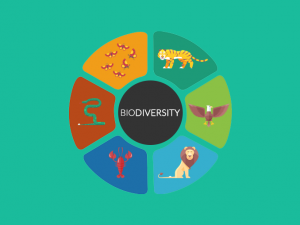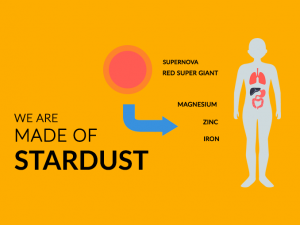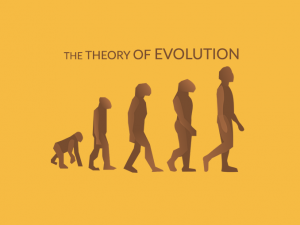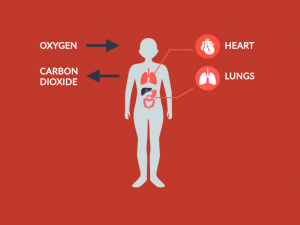5 Types of Ecological Relationships

Types of Ecological Relationships
In the wild world of ecology, creatures aren’t just living. Instead, they’re interacting in some pretty interesting ways.
There can be drama, teamwork, and sometimes sneaky strategies. This makes nature wildly unpredictable.
Today, let’s take a look at ecological relationships. This takes it a step further than just the 4 levels of the food chain. Let’s start with the most common interaction, predation.
1. Predation

Predation is like a real-life game of tag where the predator is “it”. But the big difference is that the stakes are survival. In this game, if the predator catches the prey, it becomes its next meal.
Take a cat that preys on a mouse. Just like in the cartoon “Tom and Jerry,” it’s a game of cat and mouse. In nature, animals use their skills and instincts and it’s often a harsh reality of natural predation.
You can find predation on land and water. Great white sharks use their speed for surprise attacks on seals. In freshwater habitats, frogs use their long, sticky tongues to catch insects, such as flies and mosquitoes.
2. Competition
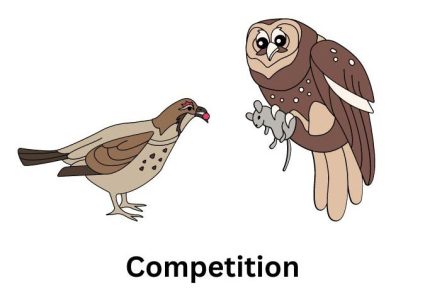
Competition occurs when animals or plants are like rival sports teams. Each tries to compete for the limited resources they need to win.
In this struggle, the ones who are best at finding, using, or defending these resources have a better chance of surviving. It’s just like the winning team in a sports match.
Buffalo and elephants are competitors to one another for food and water. Both are herbivores. These vertebrates need vegetation to survive. This leads them to often vie for the same grazing areas and watering holes.
3. Mutualism

Mutualism is teamwork in nature, where two different species join forces for a mutual goal. They help each other to thrive in their own unique way.
For example, bees and flowers are mutualistic. Bees get nectar for food from flowers. And in return, they help flowers by spreading their pollen, aiding in plant reproduction.
A sea anemone and clownfish also represent mutualism. The clownfish finds protection from predators within the stinging tentacles of the sea anemone. In return, the anemone benefits from the clownfish’s waste for its nutrients.
4. Commensalism
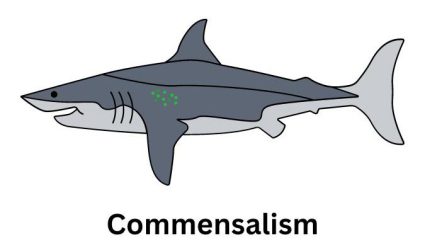
Commensalism is a relationship where one benefits and the other is like, “No big deal.” Imagine an animal getting a free ride on another. Think of a tiny bird hitchhiking on a buffalo, without bothering its large friend.
Barnacles on a whale represent commensalism. In this case, the barnacles get a free ride through the ocean. They can catch more food and water as the whale moves, while the whale isn’t harmed.
Another example of commensalism is the relationship between remora fish and sharks. The remora attaches to the shark using a special suction pad. The shark is unaffected by the remora’s presence, as it feeds on scraps in the ocean.
5. Parasitism
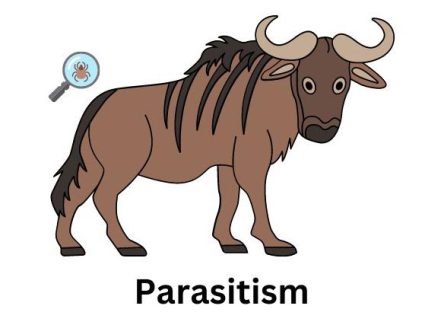
On the darker side, there’s parasitism. This is more of the sneaky side of nature. It happens when one organism (the parasite) is like the uninvited guest who silently benefits from the other.
In this ecological relationship, the parasite lives on or inside the host. It harms the host by taking nutrients. This also often causes illness or weakness in the host.
For example, ticks attach to animals like cats and feed on their blood. Ticks only benefit themselves while potentially harming the host by spreading diseases. This is the sneakiest of ecological relationships.
Summary: Ecosystem Relationships
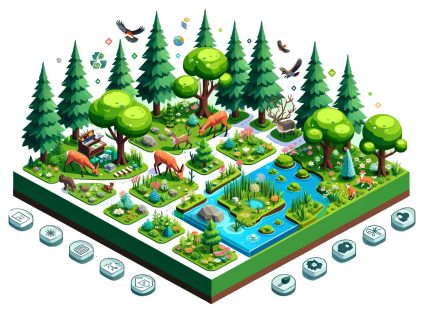
Ecological relationships are like the friendships and rivalries in nature’s big community. Imagine plants, animals, and tiny bugs all living together, sharing space and food.
These relationships help decide who gets to live where and who eats what. When these friendships and competitions change, everything in the ecosystem gets a little mixed up.
Do you have any questions about ecosystem relationships? We’d love to hear from you in our comment section below.




